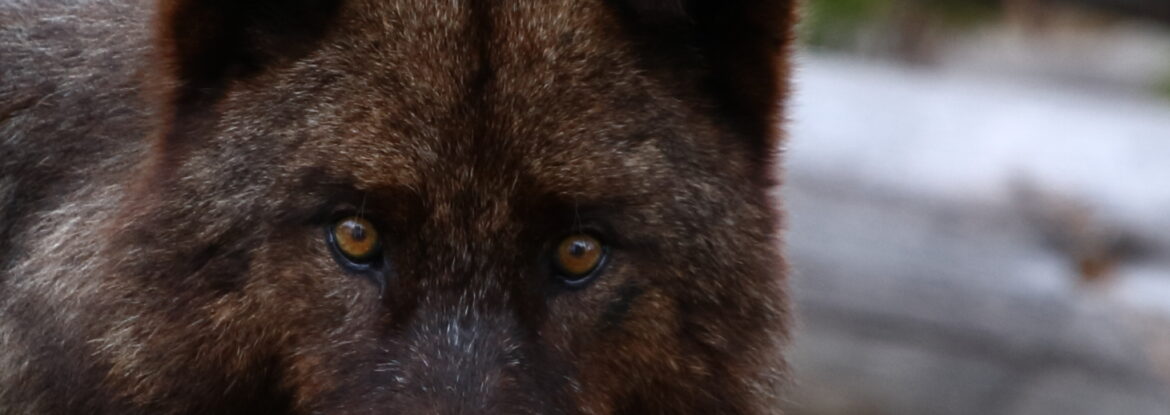As Wyoming continues to allow the killing of nearly 50% of its wolf population each year, new research from Yellowstone is showing that wolves might be our best bet against the spread and severity of chronic wasting disease (CWD). Chronic wasting disease is an always fatal malady that affects members of the cervid family like deer, elk, and moose. There is no cure or vaccine and public health officials warn against eating meat from animals that have tested positive for the disease.
Wolves have long been known to have a sixth sense when it comes to animals who are infirm, sick, or injured. Any small weakness means that animal will be an easier prey. When your food weighs nearly five to seven times as much as you do and all you have to kill it with is your teeth, then any advantage will be welcome. Hunting elk and deer is risky business and death can come with just one powerful kick. Therefore, wolves seek out those animals who have some kind of disadvantage. Wolves can pick up on these traits long before humans and are a natural ally in the fight against CWD. Indeed, the absence of native carnivores is hypothesized to have been a significant factor in allowing the spread of CWD in the first place.
Animals infected with CWD can take years to show signs or symptoms of the disease, and all the while be shedding the pathogen into the environment to be picked up by other animals. Since animals can have the disease for years without any outward symptoms, it is very difficult for human hunters to identify which animals are infected. This makes humans inferior to wolves in helping to kill infected animals.
Public school teacher and wilderness management student at the University of Montana, Martin Kitto, has recently also delved deeper into how beneficial wolves can be and why hunting wolves should be outlawed in wilderness areas. Wilderness areas hold the designation that they are land that is “untrammeled by man” and should be managed to remain in as natural as state as possible. As Mr. Kitto illustrates, Wyoming wilderness areas are the perfect place to conduct further research on CWD prevalence and the effect of wolves.
In order for wolves to provide the ecological service of removing diseased animals from
their prey population, they must not only be protected in Yellowstone National Park (YNP) but also in the surrounding wilderness areas. Federally designated wilderness was designed to conserve large tracts of land free from human exploitation (Dawson & Hendee, 2009). As the evidence continues to grow that top predators regulate the health of entire ecosystems, it should be reflected in wilderness management. This is especially relevant as CWD spreads into wilderness areas that have wolf populations capable of suppressing it.
Several congressional bills are currently funneling money to states to support research on CWD and find ways to control its spread. Wyoming has the perfect opportunity to use some of those funds for more research on how wolves can help in our fight against this fatal disease that stands to devastate our elk and deer herds. If we have a tool that has shown evidence of success in fighting this disease, wouldn’t we want to use it?
Photo: Keith Wright


